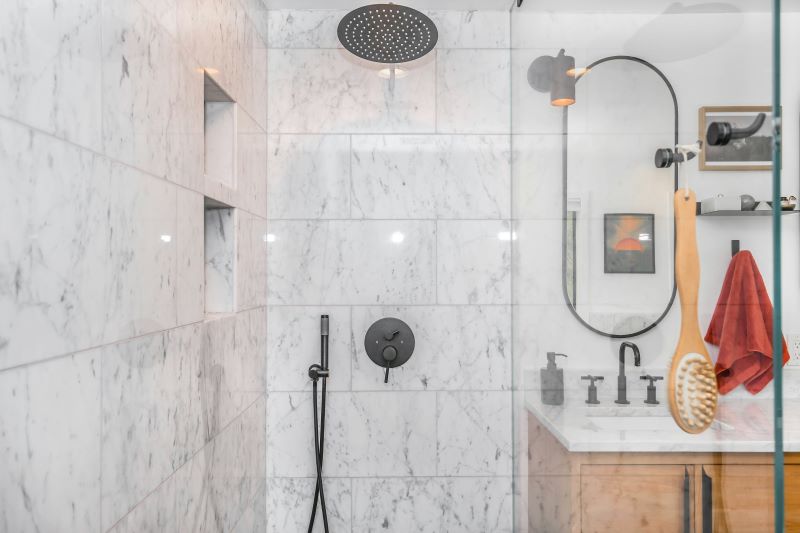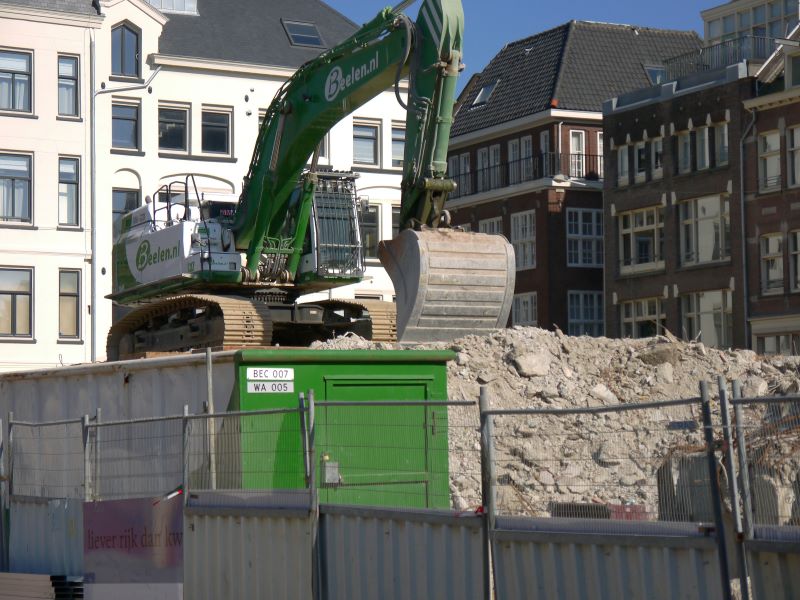Dutch government’s plan to save drinking water includes greywater recycling
Dutch government’s plan to save drinking water includes greywater recycling
The Dutch government has set out plans to conserve drinking water that include asking households and business to reduce consumption and greywater recycling.
Drinking Water policies
In 2012, the Dutch government adopted the Drinking Water Policy Paper 2021-2026. The policy's main objective is to 'provide sufficient drinking water of good quality for everyone in the European and Caribbean Netherlands, now and in the future'.
The policy was further adapted in May 2022, through the Implementation and Implementation Agenda (IenU agenda), which stated that 'the central government will develop an approach for economical and conscious drinking water use together with local authorities, drinking water companies and stakeholders'.
However, a combination of periods of drought and bottlenecks in capacity expansion by drinking water companies has led to growing media attention and put the future availability of drinking water on the agenda.

A growing population and increasing demand
The government expects total drinking water demand to be higher in 2030 than 2020 (the year the original policy was being drafted). This equates to an additional demand on production capacity of 100 million m3 annually. Drinking water per capita has increased and population growth means an additional 900,000 new homes will be needed by 2030, all of which require drinking water connections.
There is a need to find more drinking water at a time when climate change is reducing the amount of clean water available. Additional sources are needed as competition continues to grow between drinking water needs, industry, agriculture and nature.
National Plan of Action to Save Drinking Water
The National Plan of Action to Save Drinking Water (NPvA) attempts to deliver the objectives of the 2021-26 plan, while meeting the expected 2030 demands. It sets out a national plan for reducing drinking water usage, including changing consumer behaviours, valuing water, retention, storage, and recovery.
The Plan will work in tandem with an action programme for securing and increasing the availability of drinking water that will be a joint project between Vewin, the Interprovincial Consultation, and the Ministry of Infrastructure and Water Management - Action Programme for the Availability of Drinking Water Sources 2023-2030.
What the plan sets out to achieve
The plan sets out the following targets:
- Working towards a per capita drinking water consumption of 100 litres by 2035 (currently 125 litres) and limiting low-grade use of drinking water.
- Asking large-scale consumers to reduce drinking water consumption by 20 per cent to limit the effect of an increase in water demand in relation to the scarcer availability of water.
- By 2035, water-conscious construction will have proven itself and will have become the standard for new construction and renovation, so that drinking water consumption per capita will have fallen to an average of 100 litres per day.
- Low-value use of drinking water will be restricted, both by business users and by households, in a strive for 'right quality for the right use'.
The plan highlights the need for cooperation between the national government, provinces, municipalities and water boards, private and business consumers, drinking water companies, the construction and installation sector, and service providers such as housing corporations, and as such representatives of all were involved in drafting the plan.
By 2035, water-conscious construction will have proven itself
It also acknowledges that there will be further iterations of the plan as the current implementation is monitored and assessed.
The plan states: "We initiate a longer-term movement/process and remain adaptive to new insights and developments. Saving drinking water is a long-term process. Adjustments in attitudes and habits, adjustments in laws and regulations, gathering the necessary knowledge and implementation of the consequences are not done in a few years. This means that we enter into a long-term commitment to each other and that we have to keep the plan dynamic. This is the only way we can make the results of the plan more and more SMART and achieve the goal at the end."
How will savings be made?
Households
Households were responsible for 74 per cent of drinking water consumption in the Netherlands in 2020, with consumption per capita increasing annually. The 2016 report, Conscious and economical use of drinking water: Exploration of an effective set of instruments, states that the biggest household usage of drinking water was the shower (41 per cent) followed by toilet flushing (29), and the washing machine (18), the remaining percentages taken up by washing dishes, bathing and food preparation.

Efforts to save water in households, therefore, will focus on the biggest usage points. The plan identifies behavioural change, such as taking shorter showers, as the key to water savings, and efforts to develop key messaging and better communication, as well as researching barriers to change, are proposed for 2024-25 and beyond. Piloting the use of smart meters for water, to highlight to households how they use water is also under review.
New construction and renovation
The plan stats that by 2035 water-conscious construction will have become the standard for new construction and renovation. Vacuum sewerage, the use of domestic water and greywater networks and the large-scale collection and application of rainwater are all identified as promising measures saving drinking water and reducing consumption. Although these measures are cheaper and easier to implement in new build homes, the plan considers the same measures to be conceivable for renovations on existing homes.

If applied during construction, rainwater and greywater systems could provide drinking water savings of 30 to 48 litres per person, per day, per system, at a cost of €4,000 to €7,000 per system, according to a joint study between Ministry of the Interior and Kingdom Relations, in collaboration with the Ministry of Infrastructure and Water Management.
Rainwater and greywater systems could provide drinking water savings of 30 to 48 litres per person, per day, per system
Further research will be conducted on rain and greywater systems. Also under consideration is the definition of household water, and whether it can be expanded. As the plan explains: 'Currently, rainwater from the roof and groundwater are allowed as sources of household water for toilet flushing only. Based on the idea of striving for more opportunities for drinking water savings, circular water use and the right water for the right use within the household in the short term, it will be investigated whether bathing and shower water can be added as a source of domestic water without negative effects on public health.'
Business users
The plan notes that business users are diverse, ranging from large industry to small office buildings. As such, solutions for saving drinking water will also need to be diverse. With this in mind, the Ministry of Infrastructure and Water Management and the Ministry of Economic Affairs and Climate Policy, will draw up benchmarks for various sectors (average and best water footprint per product) to serve as a target values.
Consideration will be given to whether the saving measures for new buildings and renovations can be implemented for business users.
The plan acknowledges the need to work cooperatively with stakeholders
Other measures that will need to be monitored include regional differences in terms of water availability and use, obligations for energy savings and how these might counteract water savings, e.g industries using steam power might be required to use less water, but then will need to source energy from elsewhere, which might not be available and might hinder energy saving goals. Once again, the plan acknowledges the need to work cooperatively with stakeholders.
A number of measures are proposed, however, including research into the effects and effectiveness of pricing/taxation for the purpose of reducing the use/use of (drinking) mains, groundwater and surface water. Proposals also include using data science and smart metering (such as pressure sensors) to optimise the water drinking network, and to identify improvements within business.
Share your water technology stories with us
Do you have an innovation, research results or an other interesting topic you would like to share with the international water technology industry? The Aquatech website and social media channels are a great platform to showcase your stories!
Please contact our Sr Brand Marketing Manager Annelie Koomen.
Are you an Aquatech exhibitor?
Make sure you add your latest press releases to your Company Profile in the Exhibitor Portal for free exposure.
We promise never to send you spam and you can unsubscribe at any time!

